Originally published in Track & Signal October-December 2016. Written by John Anderson, Chairman of ACRI
When people look back on Australia in the half decade to 2020, they will either see it either as a time of wasted opportunity or a time that laid the groundwork for the nation to remain in the top rank of countries with competitive, efficient economies.
I hope, of course, it will be the latter. And there are a number of reasons that it could be. Inflation and wage costs are well under control and interest rates are low on the historic scale. Economic growth and employment are better than that expected a year or so ago.
In other parts of the world, inflation and interest rates are too low. Cuts to interest rates have failed to prod business to invest and anxious consumers have been more interested in saving than spending. In some countries the rates have been cut to zero or negative, so there is nowhere to go. But relative to this, Australia’s economy is doing much better, even if not as well as before the mining boom and the global financial crisis.
This should present some major opportunities for Australia. The foundations for a competitive, efficient economy are high education levels; a productive, flexible workforce; and excellent infrastructure, particularly transport. And within transport, the development of rail is critical.
The opportunity was highlighted by the most recent (and first) appearance by the new Governor of the Reserve Bank, Philip Lowe, before the House of Representatives Economic Committee last September.
Dr Lowe drew attention to the difficulty some countries are having in stimulating their economies with monetary policy (lowering interest rates) and he suggested some other policies.
“You can keep doing more of something in the hope that it finally works, and my judgement is that that has not been particularly useful,” he said. “That is one option.
“Another option is for some entity in the economy to use the low interest rates to increase its spending. Governments are one such entity, but governments typically do not want to do that. One thing that I find attractive is the idea that government uses either its balance sheet or its planning capacity to do infrastructure spending, not more recurrent spending. We do not need that. If someone in the economy can use their balance sheet to build assets with a rate of return greater than two per cent, that is another option.”
“The third one, is improving the business investment climate through structural reform so that the private sector actually wants to use the low interest rates to increase its own spending.”
These suggestions, by the Governor of the Reserve Bank, were an open exhortation for government to move on infrastructure.
Australia has a growing freight task to meet. Dr Lowe’s views indicate that we should seize the opportunity of low interest rates to build infrastructure, provided, of course, that the return is better than 2 per cent.
We should be moving as fast as we can on Melbourne-to-Brisbane Inland Rail. Infrastructure Australia has already shown the returns would meet the Reserve Bank’s required return. Government and the private sector should be looking more seriously at more investment in rail in cities and in intermodal facilities to make freight movement more efficient.
As Dr Lowe suggests, government should be using their planning powers to preserve transport corridors and be using their finance powers to help the private sector overcome its reluctance to invest.
Sometimes we have a lack of self-confidence, which is unjustified by history. We built the Snowy Mountains Scheme. More recently with rail, the mining industry constructed 2300 kilometres of rail in the Pilbara. The 1420 kilometre Alice to Darwin railway – decried as a potential white elephant at the time – has in effect taken big trucks off that transport corridor.
The Reserve Bank’s suggestion is not just an invitation to build some infrastructure, but also to undertake research to get the best value for our investment. It also requires that we do the economic analysis to ensure the projects will benefit the nation. These are things that the Australasian Centre for Rail Innovation is uniquely placed to do.
So, in 2020 we should not be looking back at the half decade as one of lost opportunity, of doing incrementally more of the same (piecemeal building of roads). Rather we should look back to a time when the low-interest-rate opportunity was seized to build a more productive and efficient transport network in which rail plays a leading role.
